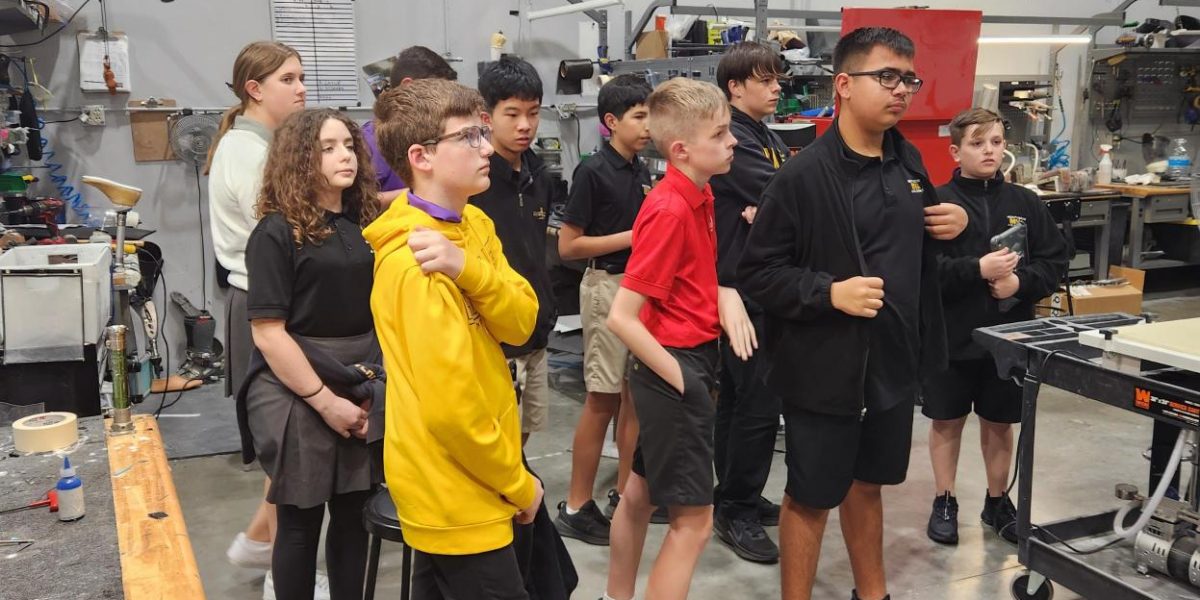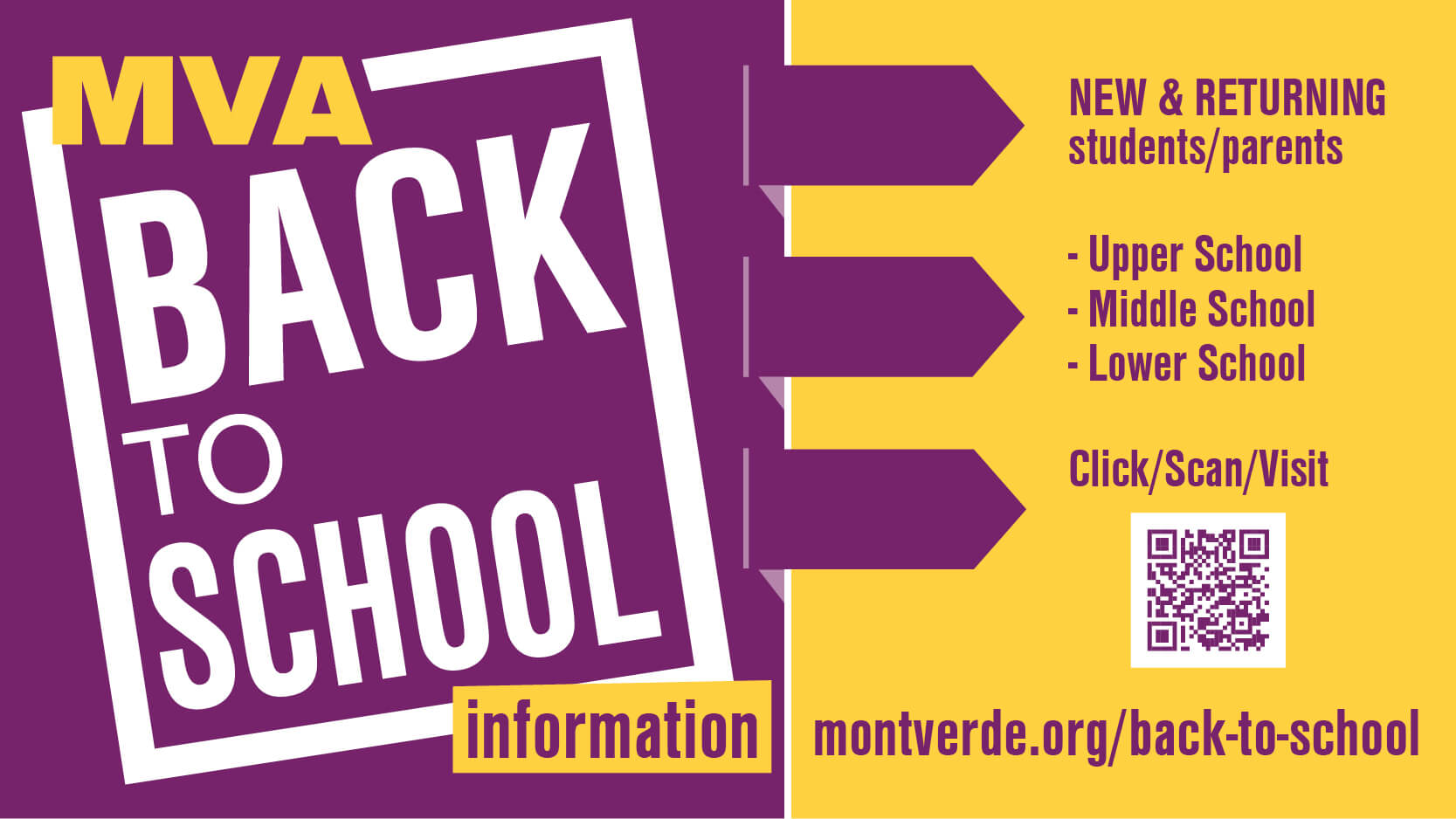By Dr. Caryn Long, Director of Educational Technology and Innovation, and Mr. Sawyer Beltz, Upper School Physics Teacher and Middle School Robotics Coach
Montverde Academy’s Middle School robotics team #Grandpa has been working diligently during the year to develop an innovation project that can benefit many that have lost a limb. At the start of the year, one of the requirements for competition was to take an idea and innovate it. This year’s challenge was to collaborate within the team to choose a hobby or recreation that they all enjoyed and elevate it using technology and art. The team discovered they had a common interest in racing, especially with Formula 1, and determined that it would broaden participation in the sport if they could provide those without a lower limb with a specialized prosthetic to drive the cars.
A core part of this experience was traveling to Orlando to speak to the experts at Prosthetic and Orthotic Associates. Students in the team have worked during the school year to develop a variety of models of prosthetics that have evolved over time that not only would be appropriate for those wishing to race in Formula 1 but could also be used as a crossover into everyday life.
Students had the opportunity to see how the prosthetics lab technicians worked with their patients and the behind-the-scenes technique used to create the artificial limbs. At the start, they were shown a large, open-gym area where lab technicians teach patients how to use their prosthetic and make any necessary adjustments. One example included a laser-force sensor that measures where most of the force of the body weight was being exerted in the prosthetic to ensure the prosthetic was centered correctly.
Students also witnessed how slow-motion video analysis is used to examine the weight distribution during a patient’s walk. A patient with a prosthetic leg demonstrated these techniques and answered the students’ questions about their use of the prosthetic. The students were then taken to a workshop area where various tools and machines created the prosthetic leg and a technician applied the finishing touches to make sure it was as close to a human limb as possible. They were also able to see several examples of a prosthetic leg at each step of the process from the beginning to the finished product.



